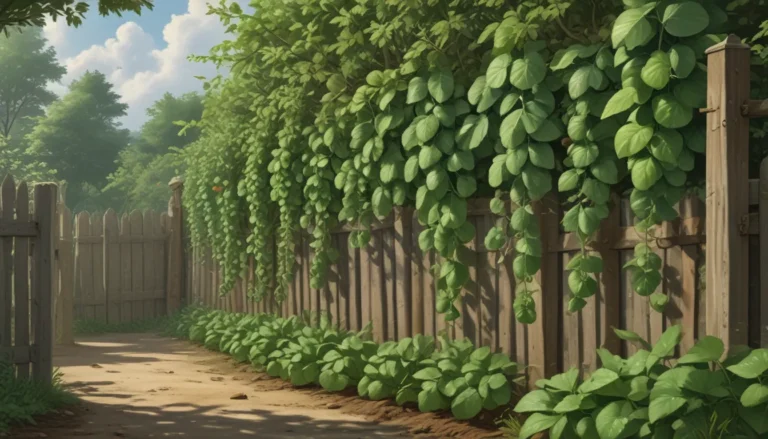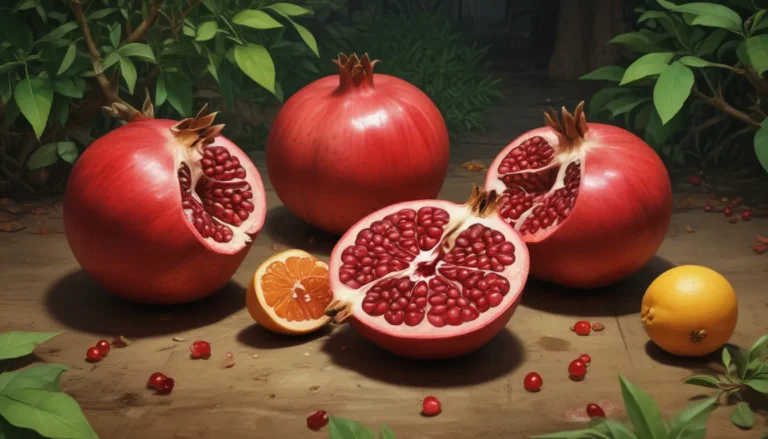A Comprehensive Guide on How to Harvest and Save Snapdragon Seeds

Snapdragons (Antirrhinum majus) are vibrant, aromatic flowers that are highly sought-after for both garden and floral arrangements. While it is easy to purchase snapdragon seeds from a local nursery or retailer, there is a certain joy that comes with collecting and saving seeds from your own plants. In this detailed guide, we will walk you through the process of harvesting and storing snapdragon seeds to ensure a successful bloom in the following season.
Understanding the Basics
Snapdragons are unique in that they are self-compatible, meaning that a flower has the ability to pollinate itself. This characteristic simplifies the process of seed production, as the resulting seeds will produce plants that closely resemble the parent plant.
Pollination
- Wild snapdragons are not self-compatible, while cultivated varieties are.
- Garden snapdragons will self-pollinate with the assistance of pollinators like bumblebees.
- For hybridization, hand-pollination can be performed by transferring pollen from one flower to another.
To hand-pollinate your snapdragons, follow these simple steps:
1. Harvest fresh, bright, sticky yellow pollen from a donor flower.
2. Choose a closed bud as the receiving flower.
3. Gently open the bud and remove the anthers.
4. Transfer the collected pollen to the stigma of the receiving flower.
5. Cover the pollinated flower with a mesh bag to prevent unwanted pollen transfer.
6. Monitor the flower until a seed pod develops.
Harvesting
- Seeds are typically ready for harvest four to five weeks after pollination.
- Shake brown pods gently to check for a rattling sound, indicating readiness.
- Break open the pods and collect the tiny, light seed kernels.
- Harvest seeds indoors on windy days to prevent loss.
Storing
- Spread harvested seeds on a paper to dry for a day or two in a dry, cool area.
- Store seeds in a paper bag or packet to prevent mold growth.
- Keep seeds in a cool, dark, dry location to maintain viability.
- Seeds can remain viable for up to three years with proper storage.
To test seed viability:
1. Moisten a paper towel and sprinkle ten seeds on it.
2. Fold the towel and place it in a plastic bag in a warm, bright location.
3. Check for germination after seven days, and give up to fourteen days for completion.
4. Use the germination rate to determine the seeding density for planting.
Maximizing Your Snapdragon Collection
Harvesting and storing snapdragon seeds is a straightforward process that allows you to enjoy these delightful flowers year after year. For those looking to expand their knowledge and cultivation practices, consider exploring these additional resources:
- How to Grow and Care for Snapdragon Flowers
- How to Grow Snapdragons in Containers
- How to Propagate Snapdragons from Cuttings
Do you have experience growing flowers from harvested seeds? Share your stories and tips in the comments below to inspire fellow gardeners.
Whether you are a seasoned gardener or a novice enthusiast, the charm of snapdragons is undeniable. By mastering the art of harvesting and saving seeds, you can enhance your gardening experience and create a sustainable source of beautiful blooms.
Remember, every successful seed saved is a promise of a future garden in full bloom!





